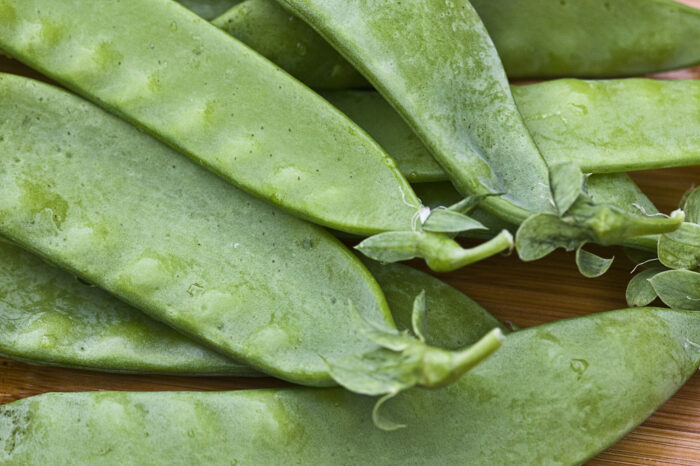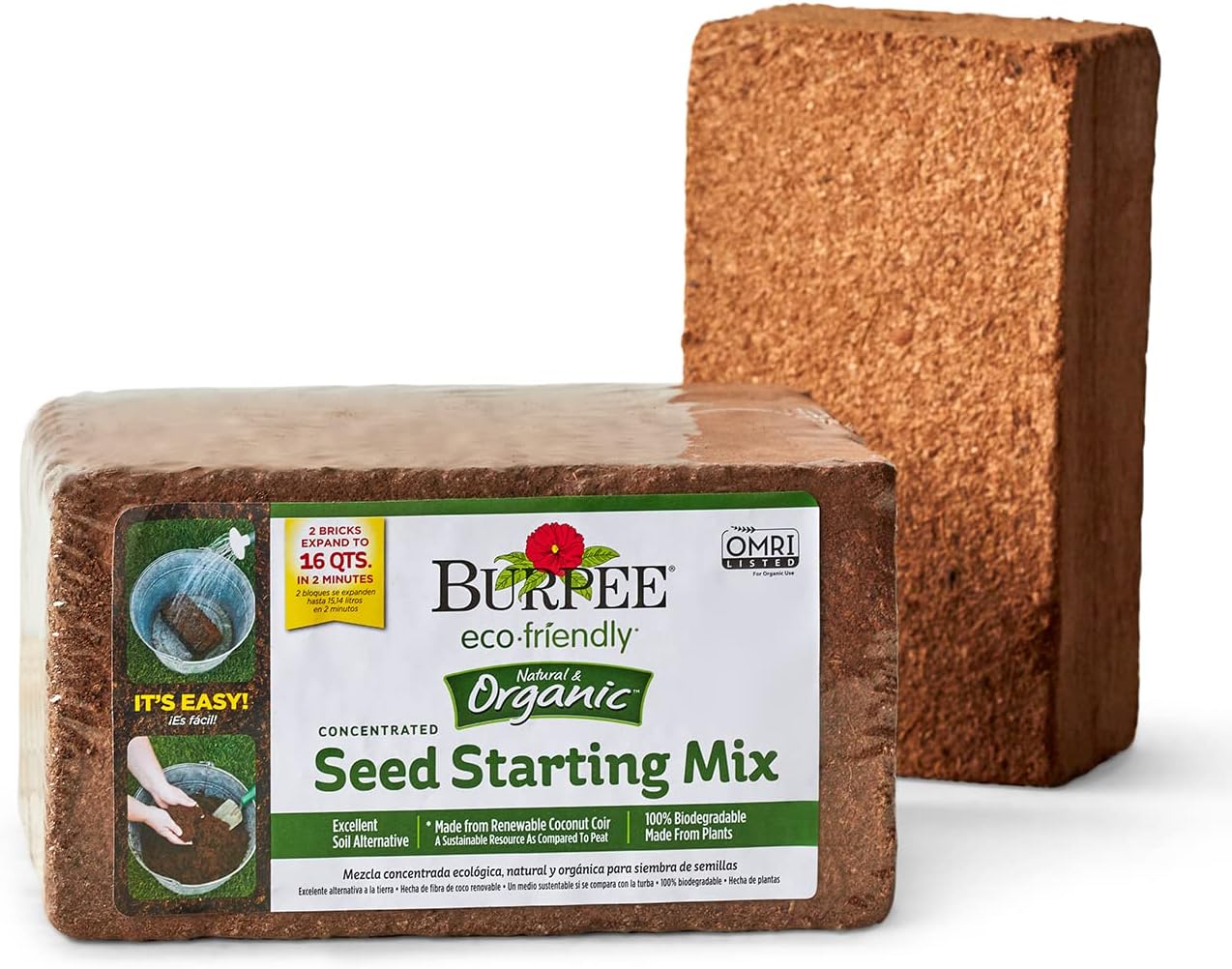When to Harvest Vegetables
At some point your bounty needs to be picked—but what time is the right time?

When gardeners plant vegetables for the first or second time, the entire focus is on seed germination and getting the seedlings off to a strong start. Of course, the next natural concern is pollination and fruit (vegetable) production.
Once all of these things are rolling along, we gardeners are quite satisfied—until we realize that at some point our bounty needs to be harvested. Is this the right time? Are we too soon? Too late? Here’s a vegetable harvesting quick guide for the newly initiated.
When to harvest 20 common garden vegetables
- Asparagus. Although you can technically harvest a few asparagus spears the second spring after you’ve planted the crowns, the third spring is better. When spears reach 6 to 8 inches tall, cut or snap them off at ground level.
- Broccoli. Broccoli should be harvested while the flower buds are still tightly shut. The heads should be tight and compact with no flower blooms. The plant will offer some side shoots occasionally for more harvest.
- Cabbage. The right time to harvest cabbage heads is when they are firm and solid. Pull the entire cabbage head out of the ground.
- Carrot. Carrot roots are about 3/4 to 1 inch when they are ready to be harvested. You’ll have to pull up a root to check on the right timing.
- Cauliflower. When the heads or curds are 1 to 2 inches in diameter, they need to be blanched. You do this by gently tying the leaves up around the heads and securing the leaves together with a rubber band. This will block out the sunlight for another week and a half to two weeks while they finish growing. Harvest the cauliflower heads when they reach 4 to 6 inches in diameter and they are still compact.
- Cucumber. The right time to harvest cucumbers is when they are dark green and about 6 to 8 inches long. Harvest cukes regularly (four times a week) in order to keep the fruit coming. If a cucumber is left to mature on the vine, the plant will stop production.
- Eggplant. Cut (don’t pull) eggplant fruits when their skins are dark purplish-black and shiny. Ripe fruit should be 4 to 5 inches in diameter.
- Hot pepper. Hot peppers are ready for harvest when they become bright red. Cut them from the plant and hang them up to dry. Remember not to touch your face or eyes while harvesting hot peppers.
- Leaf lettuce. Leaf lettuce is harvested leaf by leaf as opposed to harvesting the whole head at a time as with head lettuces or cabbages. When outer leaves reach 4 to 6 inches long, begin harvesting outer leaves. Repeat as the rest of the leaves grow. Head lettuces should be pulled up from the ground entirely when they feel firm and before any flower stalks show up.
- Onion. Harvest bulb onions once the tops fall over and begin to turn yellow. Dig the onions up with a garden fork, and lay them out in the sun for several days. This will create an outer skin. Once they have a nice outer skin, cut the tops off (leaving a couple of inches), and store them in a cool and dry spot. Netted bags are perfect for storing onions.
- Pea. Pea varieties that have edible pods should be harvested when the seeds (peas) are nicely developed in the pod and have a bright green color. English peas should be harvested when the pods are full and well rounded out.
- Potato. When the plant tops of Irish potatoes begin to dry out and die back, harvest your potato tubers. Store them in a cool location with good ventilation. Keeping them out of sunlight is key, as they will develop toxic alkaloids, which you will recognize as turning green.
- Pumpkin. Pumpkins (and other winter squash) should be harvested before the first frost in your growing zone. Harvest them when the vines have dried, the fruit color becomes dark, and when it’s hard to press your thumbnail into the flesh. Cut the stem from the vine, making sure to leave several inches of stem attached. Store them in a cool and well-ventilated place.
- Radish. When radishes begin to mature, you’ll see their shoulders rising above the soil. Pull one up and check out the size. Mature radishes will be about 1 to 1½ inches in diameter.
- Snap bean. Snap (green) beans should be harvested before the seeds (beans) have a chance to develop on the pod. Give one of them a test by picking it from the vine and then breaking it in half. If it easily snaps, it’s ready.
- Summer squash. Depending on the variety, the skins of summer squash sometimes become a glossy yellow or green as they mature. Once the squash (including zucchini) reaches 4 to 6 inches long and feels tender, it’s ready for harvest. As with all summer squashes, keep up with harvesting the fruit that’s ready in order to keep the plant producing.
- Sweet corn. When the silks at the top of the corn cobs dry out and turn brown, you’ll know it’s time to test one of the ears. Gently pull down some of the husk on a corn ear and press your fingernail into a kernel. If the liquid is clear, the corn needs more time. But if the liquid is milky, then it’s time to harvest the corn.
- Sweet pepper. When the sweet peppers are firm, full-size, and crisp looking, they are ready for harvesting. The color of the pepper isn’t always a reliable indicator, as even “green” sweet peppers will turn red if left on the plant. Cut them from the plant with a knife—don’t pull.
- Tomato. Ripe tomatoes are pretty easy to spot, as they will truly be full-looking and appealing to the eye. For a red variety, you’ll want the tomato to become a bright red. I usually cup the bottom of the tomato with my hand, squeeze a bit, and lift. If the tomato comes off the plant rather easily, I know it’s good to go.
- Watermelon. There are several ways to recognize a mature watermelon. Look at the stem near the melon for tendrils that have turned brown, a dark yellow coloring where the melon is resting on the ground, and a dull thud sound after you flick it with your thumb and middle finger.
Fine Gardening Recommended Products

A.M. Leonard Deluxe Soil Knife & Leather Sheath Combo
Fine Gardening receives a commission for items purchased through links on this site, including Amazon Associates and other affiliate advertising programs.

Burpee Organic Coconut Coir Concentrated Seed Starting Mix, 16 Quart
Fine Gardening receives a commission for items purchased through links on this site, including Amazon Associates and other affiliate advertising programs.

Plant Covers Freeze Protection 10 ft x 30 ft Floating Row Cover 0.9oz/yd²
Fine Gardening receives a commission for items purchased through links on this site, including Amazon Associates and other affiliate advertising programs.







Comments
tomatoes can be harvested as soon as they start to show a little colour. They will continue to ripen, with as good of flavour, on the kitchen counter. In short season areas harvesting at this stage helps direct energy to ripening remaining fruit.
Log in or create an account to post a comment.
Sign up Log in